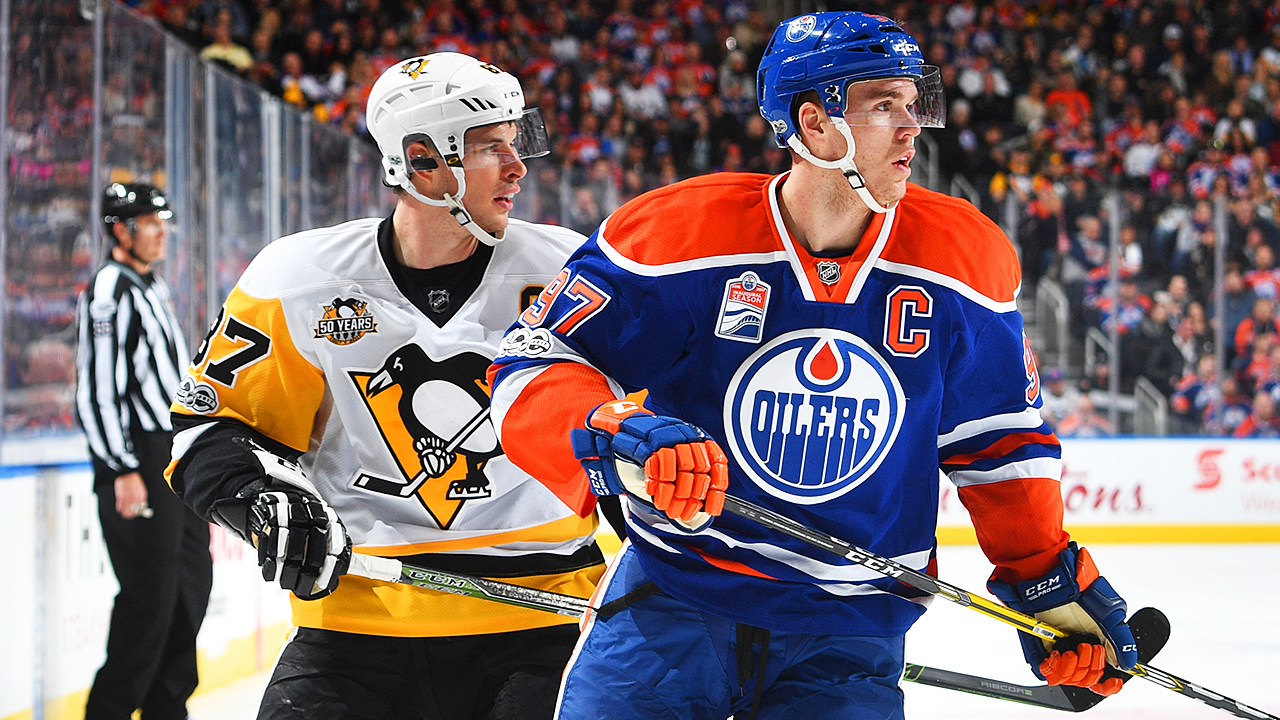
EDMONTON — It’s hip to hate on the Duncan Keith deal.
Tragically, the only Hip going on in my world is coming out of my Bluetooth speaker.
Sources confirm that the Edmonton Oilers upgraded their second-pairing, left-side defenceman position Monday by trading 93-game NHLer Caleb Jones and a third-round pick for three-time Stanley Cup winner, 1,200-game, two-time Olympic team defenceman Duncan Keith.
Keith turns 38 on Friday. Jones is 24.
No salary was retained by the Chicago Blackhawks, though a pertinent aspect of this deal is that the Oilers only owe Keith $3.6 million in actual salary over the next two seasons, despite a remaining cap hit of $5.5 million annually for two seasons.
Also, Edmonton could not include overpaid backup goalie Mikko Koskinen in the trade, a form of salary retention that Oilers general manager Ken Holland proposed to Blackhawks GM Stan Bowman.
The Blackhawks win the deal financially. Edmonton, in trouble with Oscar Klefbom’s injury situation, makes this trade to win on the ice right now.
If you are someone who decried the fact that Holland wasn’t “all in” at the last trade deadline — that he must be “all in” as long as Connor McDavid and Leon Draisaitl are in their prime — then you should like this deal.
Because it is about today.
Let’s dig in on this trade:
• The only way these trades work, when a team acquires a 38-year-old player who brings with him the intangibles that Keith does, is if the player still has chops. He HAS to be able to play.
Well, Keith can still play.
He still holds the blue line, he attacks the play, he skates the puck out of his zone effectively and he can get back to transition pucks effectively. This Sportlogiq piece digs in on his numbers.
He’s not Milan Lucic, whose feet failed him in Edmonton. He’s not Loui Eriksson, whose skills didn’t allow him to keep up in Vancouver. He’s not James Neal, who couldn’t play the role the Calgary Flames wanted him to play, and wasn’t happy in a lesser role.
He’s not Joe Thornton or Jason Spezza, former first-line centres with deteriorated foot speed who are playing in depth roles with depth players for the Toronto Maple Leafs.
Keith goes from being Chicago’s No. 1 defenceman to Edmonton’s second pairing. Less responsibility, sure. But he goes from playing with young, inexperienced partners like Ian Mitchell and Adam Boqvist, to slotting next to Adam Larsson (who will be signed), a steady, veteran defence-first righty who will allow Keith to worry about his own game.
I expect Keith’s analytics to improve markedly, knowing that if they do not, folks will be feeding this line back to me on Twitter for years to come.
• Positionally, remember that Klefbom’s status remains somewhere in the range of never playing again, to playing half a season, to playing for a while and being injured again, to playing 82 games. Keith’s acquisition softens this process considerably.
Either Klefbom works in with less responsibility/minutes due to Keith’s presence, or he doesn’t play at all and the Oilers have their second-pairing left defenceman. And two years from now, when the Keith deal expires, Philip Broberg should be your second LD long-term.
One more thing: If not Keith, Holland needed to sign a second-pairing LD as a free agent. That would come with much more term than two years.
Take a look at the list of UFA left defencemen. It is thin.
• So, did the Oilers pay too much?
Some fans are screaming for more AAV retention by Chicago, which Holland did not secure. That is a legit concern.
However, in taking the entirety of Keith’s two years at $5.5 million per, Edmonton only owes him $3.6 million in actual salary — total.
I get it — fans could care less about owner Daryl Katz saving some cash. But managers — and owners who have lost millions these last two seasons — care a lot. And that salary savings may make a Neal buyout more tenable. If that happens, there’s the cap space fans wanted.
As for Jones, on the ice Keith replaces him times 10. He is a better, more experienced defenceman, who brings copious elements to the table that Jones does not. Jones may turn into an every-day NHL defenceman, something he is not at the moment. But with Evan Bouchard, Broberg, Dmitri Samorukov and William Lagesson all within two seasons of being regulars, the Oilers won’t feel the loss of Jones.
• Finally, you have to remember that building a team in Edmonton isn’t the same as in other markets. When you get a player like Keith — or Ryan Nugent-Hopkins — who wants to be here, that has major value.
Why have so many free-agent deals failed in this market? Because the good UFAs who have choices choose warmer locales with better tax situations. Edmonton, Winnipeg, and to a lesser extent Calgary, get the ones who come for the extra term and dollars that must get offered to entice players to our cold winter climate.
American free agents prefer to stay south of the border, generally. Guys who have played in warm weather cities like to keep that action intact, usually.
Keith wants to be here, and Edmonton needs experience, some winning pedigree, and to fill a big hole on left defence.
No trade is perfect, but I am OK with adding Keith for just two seasons, in a deal for the now.





